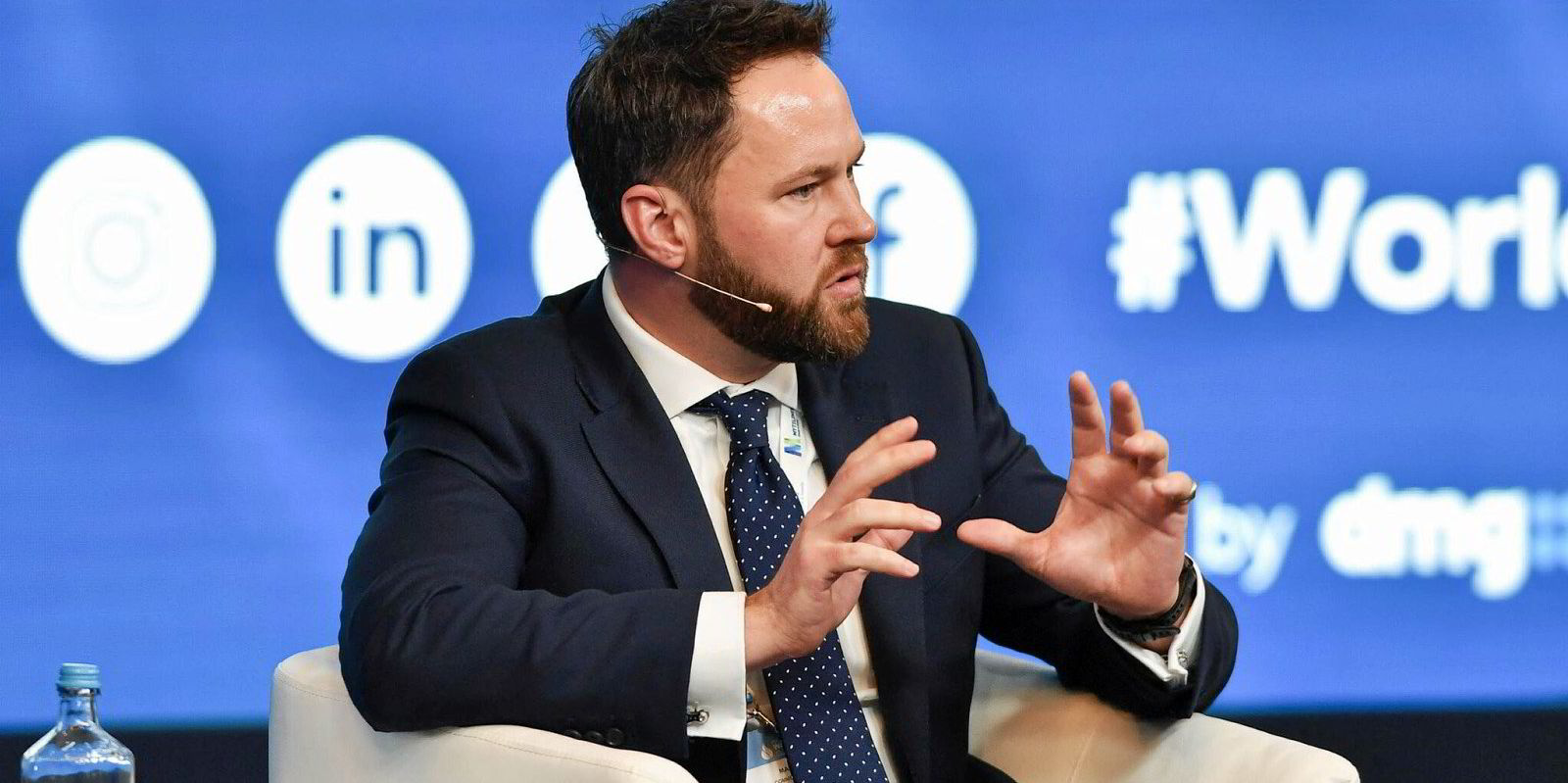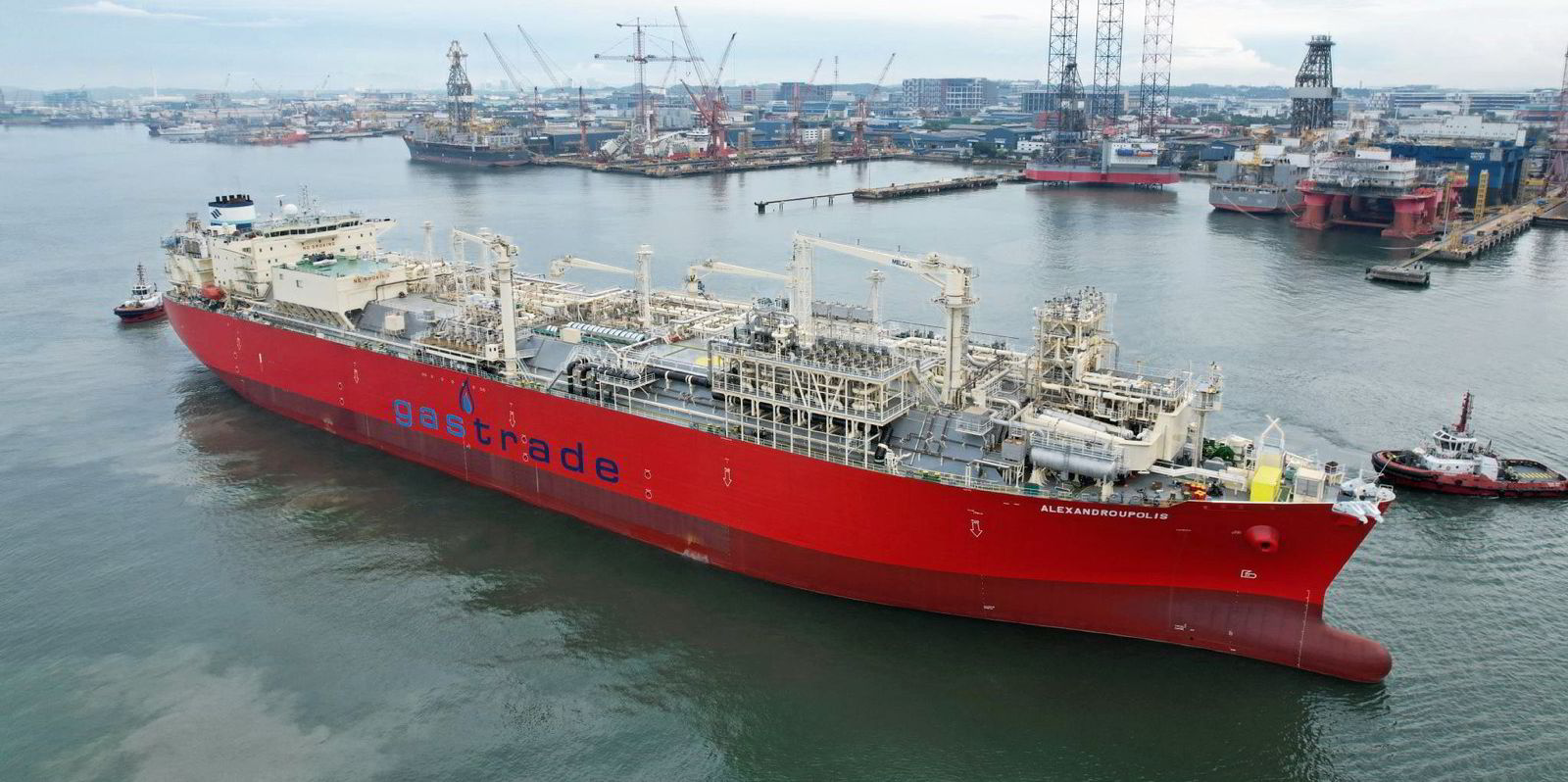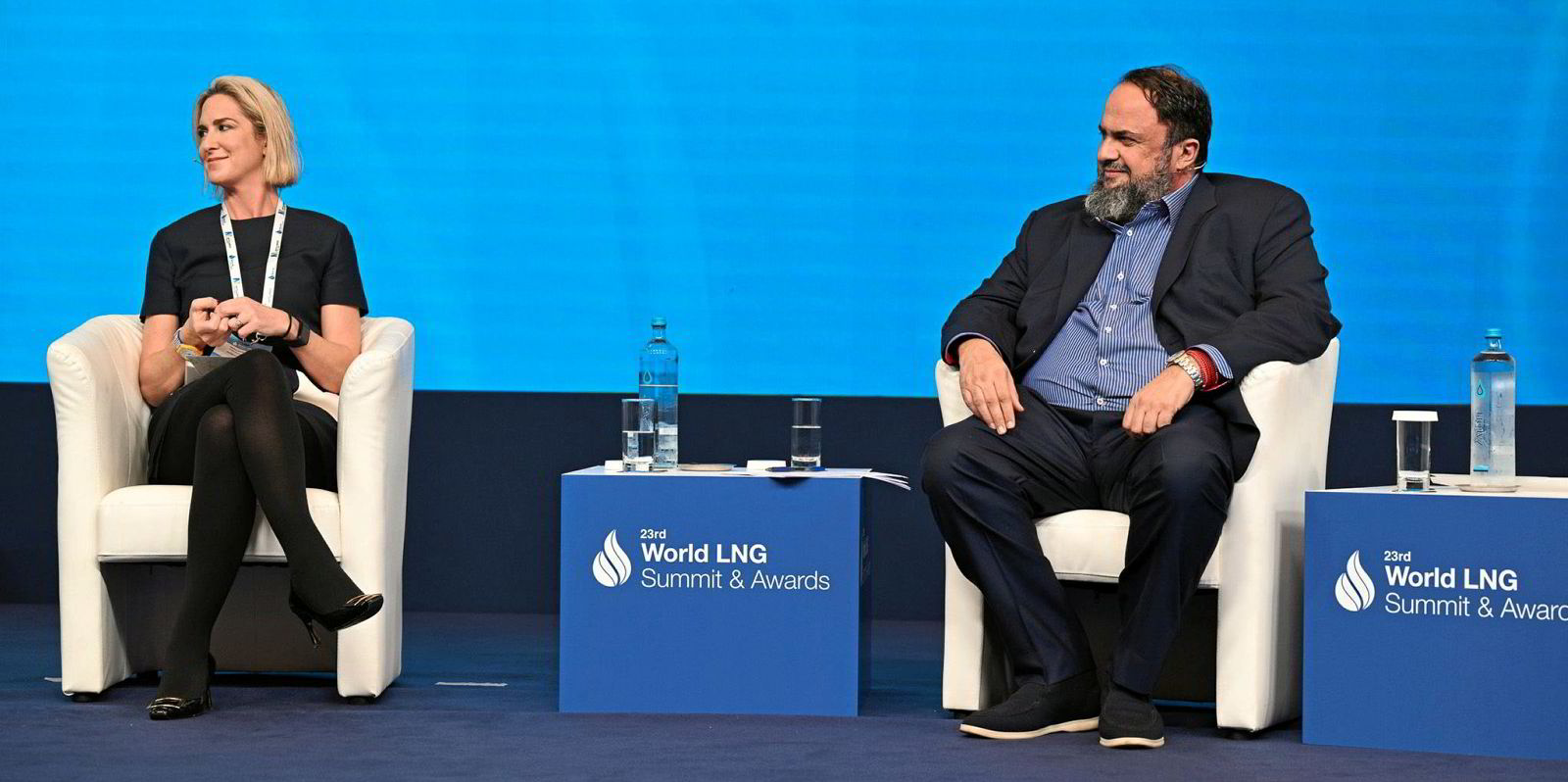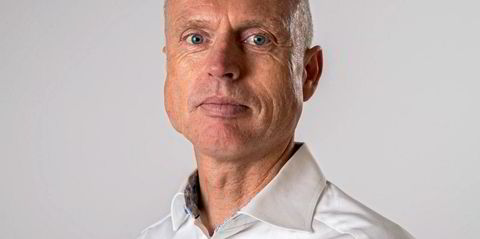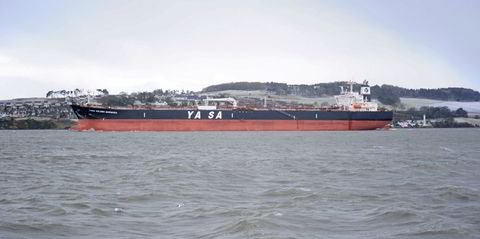LNG importers are asking for quick delivery floating storage and regasification units in a market devoid of vessels and where conversions cannot be turned around quickly.
Energos Infrastructure commercial director Martin Baber told delegates at the World LNG Summit & Awards in Athens that every FSRU is taken up but the majority of customers are asking for units delivering in 2025.
“It is the rabbit in the magician’s hat,” Baber said. “We just cannot pull them out of the market and the market can’t do bridging vessels fast enough.”
Baber said there is a resurgence of interest in FSRUs as countries move to transition out of coal use to LNG before moving into more sustainable energy mixes.
He added: “I see a very positive market going forward.”
GasLog chief executive Paolo Enoizi, whose first LNG carrier-to-FSRU conversion is currently on its way to Greece, said the company is following a couple of new floating regas projects including the Venice LNG project in Australia.
But Enoizi said the cost of conversions has risen from around $100m to between the range of $130m to $140m.
Baber said secondhand asset prices are at record highs with potential candidate vessels, which a few years ago would have been marketed at around $80m now remarketed for $120m to $130m.
Add in the conversion cost and the finance and the result is a vessel that is higher priced than an LNG carrier newbuilding.
He detailed that Energos — which is majority owned by asset management company Apollo and controls 11 FSRUs — has also talked to customers about 220,000-cbm newbuildings.
Constriction
But there is a supply chain issue with shipyards.
Baber said theoretically there are only five yards that can build FSRUs. But one has not produced a unit, another has only built a couple, a third is averse to building them and the remaining two are wary of putting too many resources into regas units.
“We really see it as constriction from both ends,” he said.
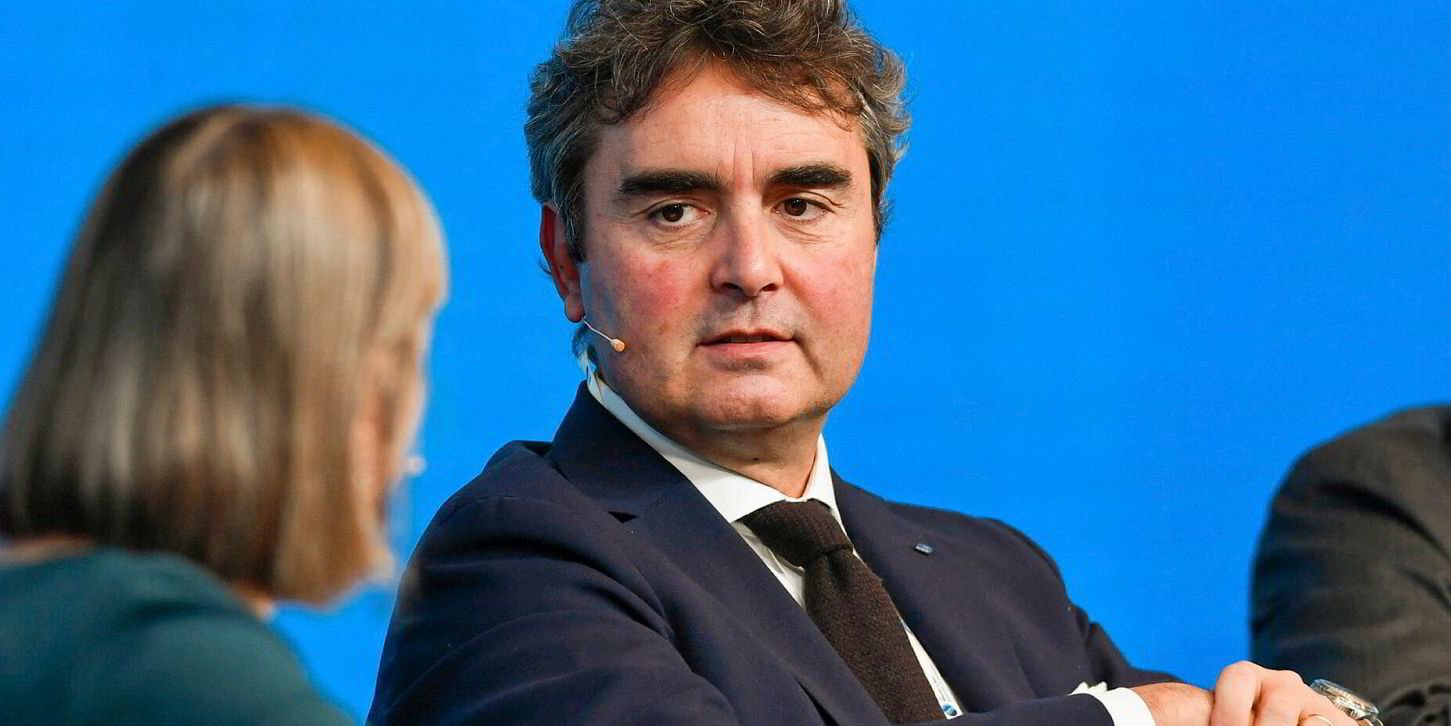
Shipowners on the panel, moderated by Howe Robinson Partners UK senior LNG broker Debbie Turner, were bullish on LNG shipping demand.
Enoizi said GasLog sees fleet growth continuing to point to the new volumes of liquefaction expected to be sanctioned.
Steaming
Capital Product Partners chief commercial officer Spyros Leoussis, who detailed that Capital Gas has 11 LNG carriers trading and 10 on order, said fleet replacement will be one of the key drivers going forward.
But GTT chairman and chief executive Philippe Berterottiere said there is such demand for LNG — citing the 50 mtpa of new liquefaction expected to be sanctioned in the coming year — that the time for replacing the older steam turbine ships has not yet come. He said this will likely be in the next decade.
Capital has been what Leoussis described as “an opportunistic” but not a strategic buyer of steamships.
He said: “The ships are needed so there is place for them” — but longer term, the phase-out should move a bit faster than we are seeing today.
Panos Mitrou, global gas segment director at Lloyd’s Register, said that while efficient LNG carriers are being built, “substantial interventions” will be needed to meet the requirements of incoming regulations.
He listed green propulsion systems, onboard carbon capture systems and larger vessels as among those to be considered.
Mitrou said the steamships could play a role in downstream infrastructure and channelling these incoming LNG volumes to new markets.
“They have quite a future ahead,” he said. “But by the end of this decade, these ships will be facing severe challenges on compliance.”
